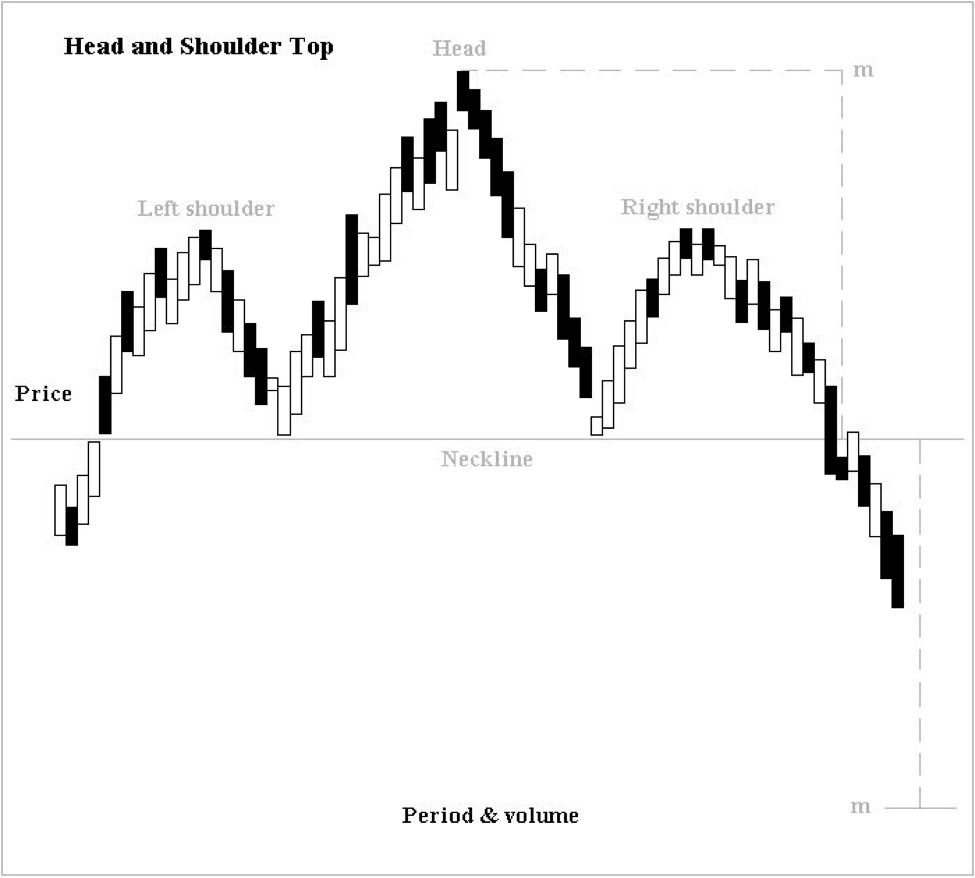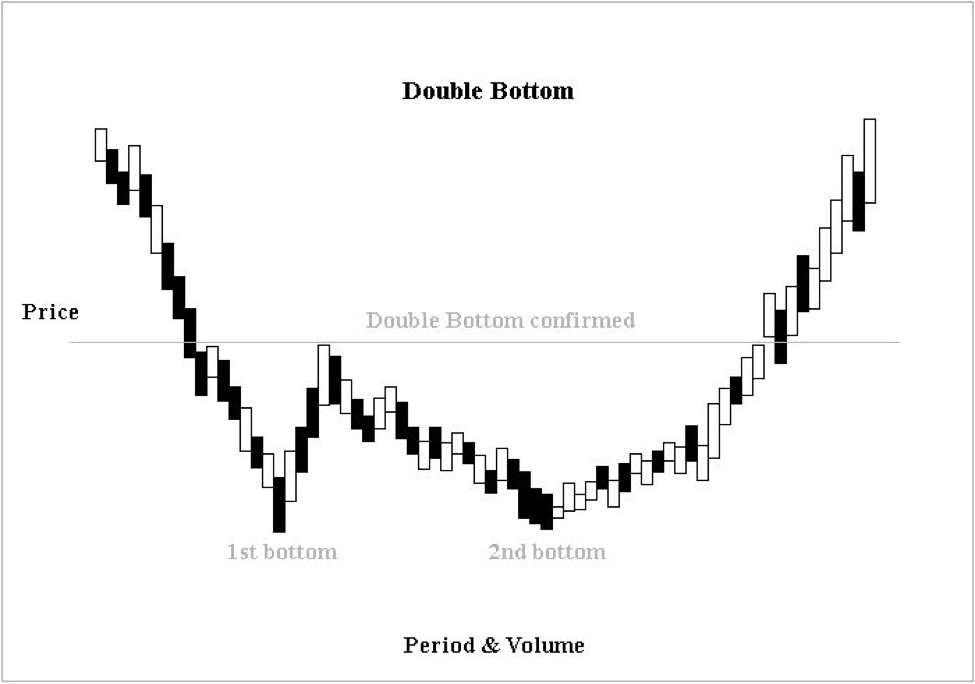Contents
- Limiting Losses when Trading Options Contracts
- What is an Options Contract?
- Breakdown of an Options Contract
- Types of Options Position: Long and Short
- Key Takeaways
Limiting Losses when Trading Options Contracts
Options markets are financial markets where people buy, sell, and create options contracts. The market is high risk because options contracts are speculative in nature. Traders look at the market performance of the underlying asset, and then enter into contracts that will give them the right to buy or sell the contract’s underlying security.
Close options are used by traders to limit their trading losses if the market moves against them or to quickly exit the market because they want to abandon their position.
What is an Options Contract?
Options contracts are a type of derivative. A derivative’s value is based on the value of its underlying asset. On the other hand, a security’s value is based on the market’s valuation of the security. Also, the owner of a security owns equity in the issuing company. Whereas, the owner of a derivative does not own any equity in the company that issued the underlying asset.
An options contract is a right purchased by a trader to buy or sell a security at a pre-set price. The owner of the contract can exercise the right purchased, let the contract expire, or sell the contract to someone else. Note, unlike a stock that is owned by its holder, an options contract owner has no equity in the options contract underlying asset.
Breakdown of an Options Contract

Options contracts have several important parts. The parts most important for trader to be aware of are:
Premium vs Strike Price
The premium price is the cost of the options contract. Strike price refers to the pre-set price for the future purchase or sell of the asset. If the trader sells/buys the asset at a different price than the pre-set price, that price is referred to as the strike price too. The profit from an options contract is the difference between the premium and the strike price.
Intrinsic vs Extrinsic Value
The intrinsic value of an options contract is the difference between the strike price and the assets market price when the options contract was closed. Whereas, the extrinsic value refers to the valuation attributed to factors affecting the value of the underlying asset. The factors considered in the extrinsic value are not used to calculate the intrinsic value.
In-the-Money vs Out-of-the-Money
Profitable options contracts are referred to as being in-the-money. Unprofitable options contracts are referred to as being out-of-the-money.
Expiration Date
All options contracts have an expiration date. The contract may expire days or months into the future. An options contract can be closed before or on its date of expiration. However, after the expiration date, the options contract becomes void. So, if the option expires, the contract owner loses the money spent to purchase the options contract.
Call Option
A call option gives the owner the right to purchase the underlying security at a pre-set price or better.
Put Option
A put option gives the owner the right to sell the underlying asset at a pre-set price or better.
Types of Options Position: Long and Short
Long Position
Traders take a long position on an options contract, enter into a contract to buy the underlying asset at a pre-set price in the future, when they think that the market price of the asset will rise in the future. It is a bet that gives them the right to purchase a potentially promising asset at an attractive price, better than the market price.

Also Read: How to Trade a Long Call Options
Shorting Position
Traders take a short position on an asset when they think that the market value of the asset will decline over time. The trader is betting that the market price will fall, and a nice profit can be made after the price falls. This is commonly done for overheated assets or assets which are hyped in investment communities, but a market correction reveals that the asset is worth far less than predicted by investors.

Types of Close Options Contracts
There are 2 types pf close options contracts, buy to close options and sell to buy options.
Buy to Close Option
The first close options contract enables the trader to buy the underlying asset and limit the potential losses.
For example, if the trader pays $100 per share for an asset that is expected to decline in price. Unexpectedly, the share price rises to $101. The trader buys the underlying asset and loses only $1 per share instead of the entire premium.
Another example, the trader buys an options contract and bets that the price of the underlying asset will fall. The asset’s price sharply declines below the pre-set buy price. The trader will then buy the underlying asset and make a better profit than expected because the asset purchase price was more favorable than expected when the contract was created.
Sell to Close Option
In sell to close, the trader sells the options contract to an option buyer to reduce or avoid anticipated losses. When the trader sells the contract, the contract is closed for that seller and the right it confers is transferred to the contract’s buyer.
For instance, if a trader purchases an options contract and expects the underlying asset’s price to rise, but the price barely moves, the trader may get tired of waiting for the asset’s price to increase. The trader may sell the contract to another trader to get out of it, close it, and move on to a better trade. This allows the trader to get some of the premium back, if not all of it, and to reinvest that capital somewhere else.
Another reason for selling to close an options contract is that the market moves against the trader’s strike price and the trader wants to exit the trade quickly before any more losses accrue. The trader then finds a buyer and sells the contract to the buyer. In this scenario, the seller curbs potential losses, exits the contract, and transfers the contract’s rights to the buyer.
Key Takeaways

Essentially, close options reduce the risks faced by options traders in an open market. They limit the risk of loss while not limiting potential profits if traders read the market correctly. A major drawback is that traders may not realize their potential profit if they fail to exercise their right, or enter/exit the contract at a less than optimal time.



